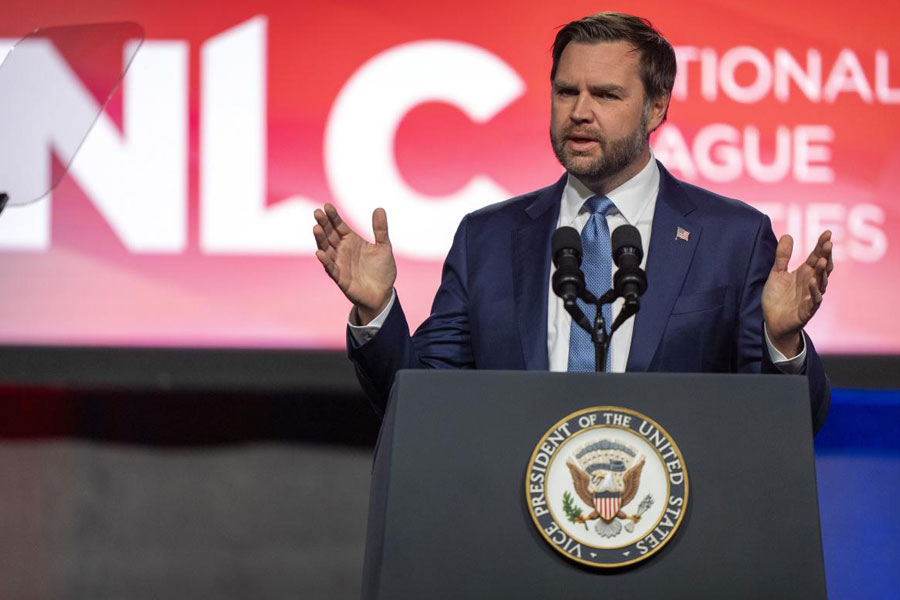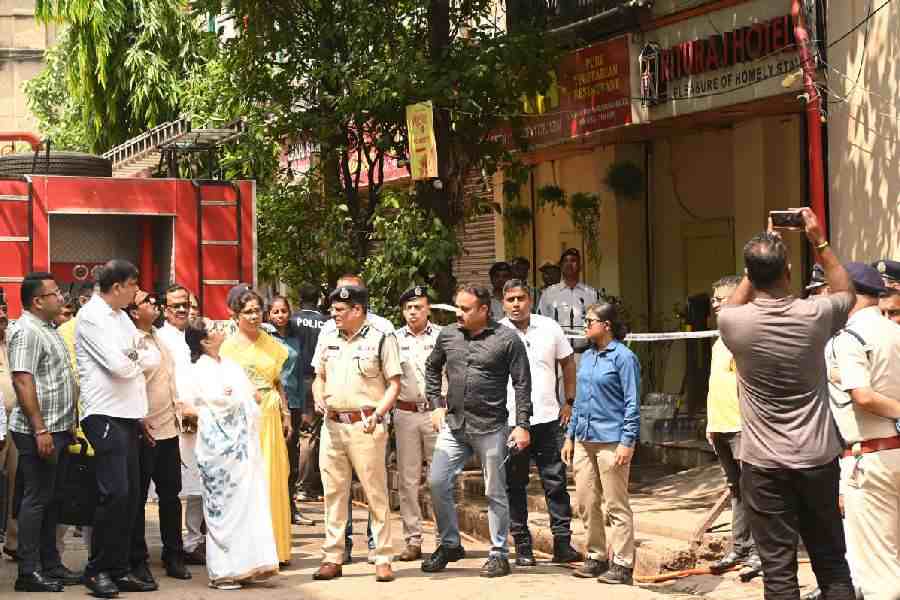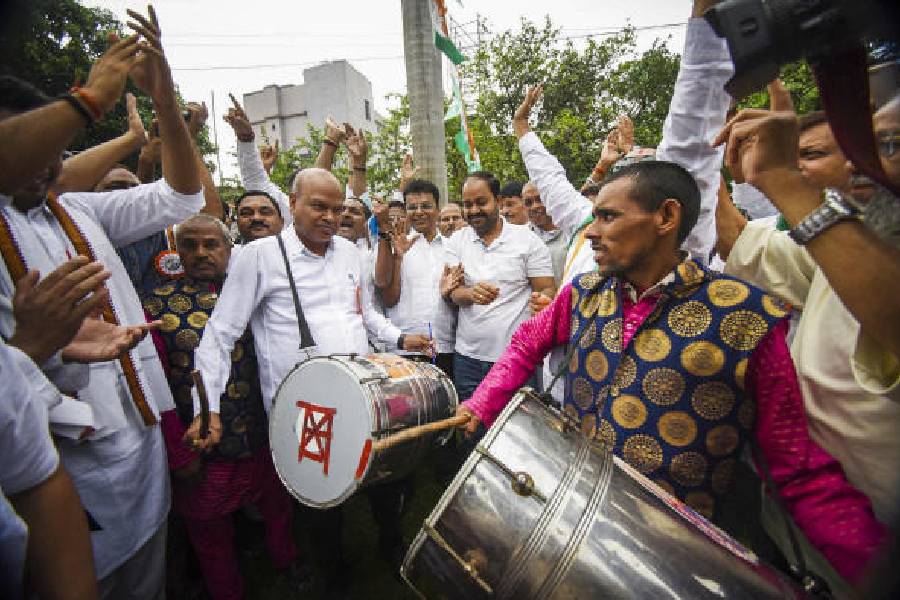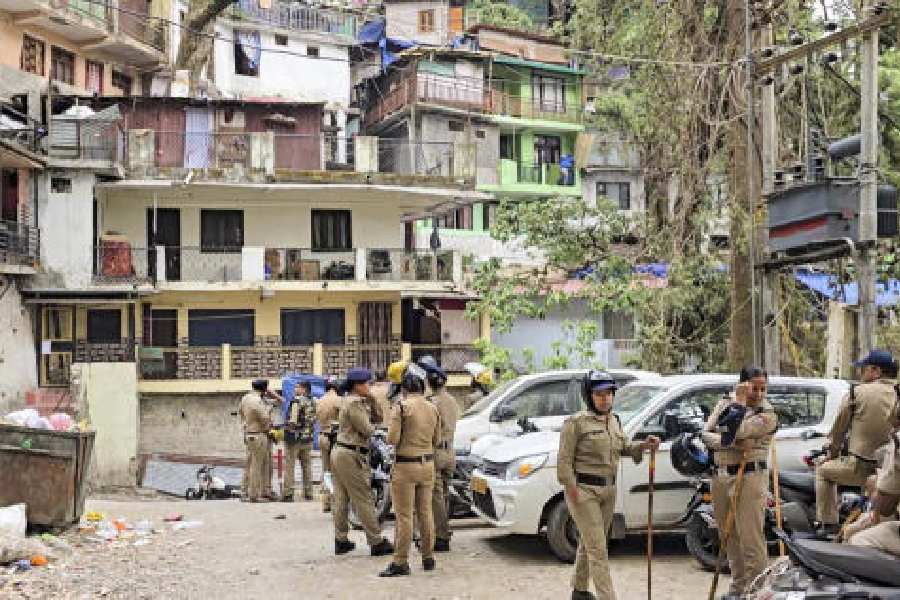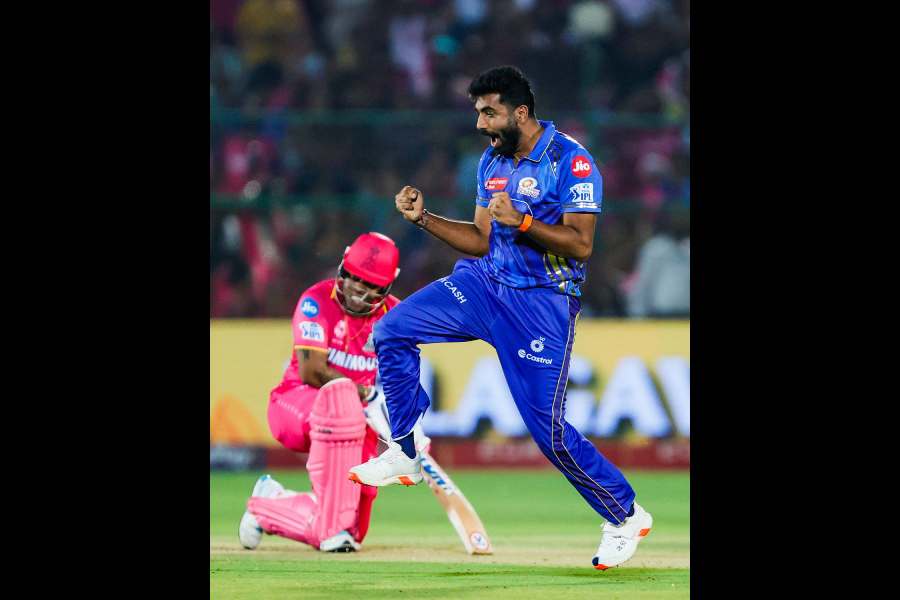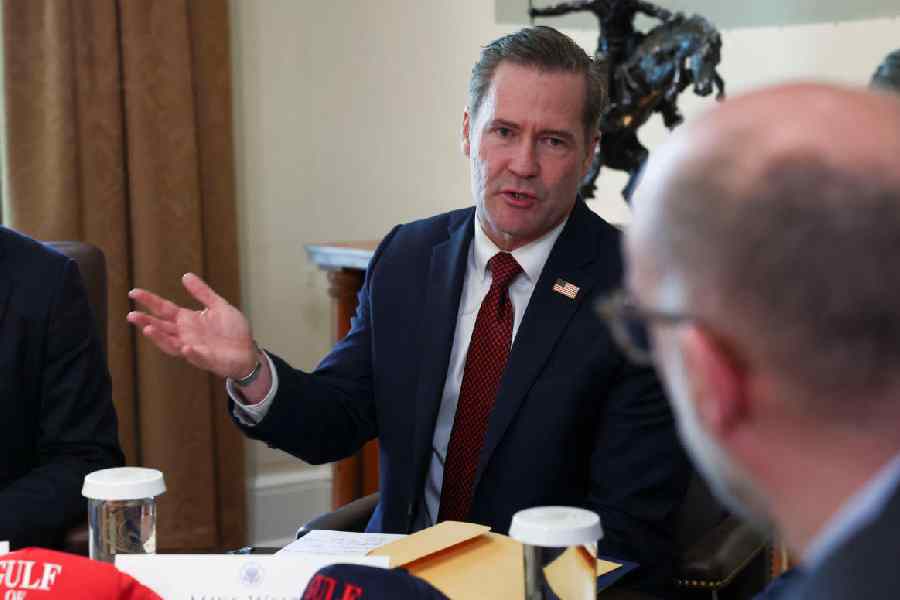The Bihar bandh of January 7, called by seven left parties, to protest against the Centre’s alleged failure on the economic front and the state government’s apathy towards the crime situation evoked a mixed response. It had an impact mainly in left-dominated belts in Begusarai, Samastipur and Khagaria. Besides the Communist Party of India, Communist Party of India (Marxist) and Communist Party of India (Marxist-Leninist), other parties to the bandh-call included the All India Forward Bloc, Revolutionary Socialist Party, Socialist Unity Centre of India and Marxist Communist Party of India. The bandh was a replay of a similar protest called last October 22 by the left coordination committee, including the CPI and CPI(M), for almost similar reasons.
These bandhs are an attempt to emphasize the left’s recent moves towards unity. The attempts were initiated by some of the bigger left parties, specially the CPI, following its successes in the 2001 panchayat polls and more recently, in last July’s elections to the Bihar legislative council, where the party allied with the CPI(M) and Nationalist Congress Party.
However, most such moves to forge left unity in Bihar have been something of a chimera. It was in the 1989 general elections more than a decade ago that the CPI won four and the CPI(M) and the Maoist Communist Centre one seat each, under the banner of the Left Front.
Ideology in the way
The left coordination committee, however, has had more than one beginning. In the last assembly elections in 1999, the CPI had a seat arrangement with the CPI(M-L), but later the party distanced itself from the CPI(M-L) and formed the left coordination committee with the CPI(M). The latter, however, chose to support the Rashtriya Janata Dal-led coalition from the outside. The present coordination committee, formed early last year, includes all five left parties that called the bandh against the state government.
Ideological differences are not the only reason left unity moves have collapsed. The smaller left parties have also been vulnerable to bigger parties’ promises of power. In the Nineties, for instance, Laloo Prasad Yadav’s politics of caste-based populism has wooed away many of the followers of the CPI and the CPI(M-L), especially the other backward classes peasants who made a large part of the the CPI’s support base.
The CPI(M) too has been losing out consistently in Bihar since the early Seventies, after the expulsion of the coal-belt trade unionist, A.K. Roy. Thus it is keener than the other left parties to involve Laloo Yadav in a secular Third Front little realizing that its own image was tainted by allying with a corrupt, inept government.
Spent force
CPI(M-L) cadre, mainly Dalits, have recently been victims of attacks from caste armies like the Ranvir Sena. In the Nineties, the CPI(M-L)’s emphasis on mass movements in order to expand its base, invited the hostility of the MCC and People’s War, who accused it of revisionism. There have also been intermittent clashes between the MCC and PW.
The Naxalite groups are now increasingly competing among themselves for a slice of their stagnant support base in the Bhojpur-Gaya-Aurangabad belt and a few pockets in Palamau..
The CPI, boosted by its recent successes, has announced that it will contest 12 of the 40 Lok Sabha seats in Bihar, making a mockery of the unity moves initiated so far.
The coordination committee plans to chalk out a common action plan on issues like floods, drought and the power crisis, and to hold three conventions at Khagaria, Darbhanga and Chapra. The left however, has been unable to capitalize on the sometimes-off-sometimes-on Janata alliance, to emerge as a champion of the Dalits and fight corruption. It has never been able to transcend the caste arithmetic, which has largely determined electoral outcome in Bihar, or comprehend the significant shifts in caste alliances that coincided with the ascendance of Laloo Yadav in 1990.


